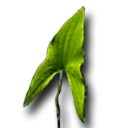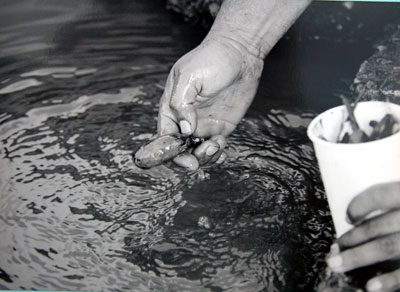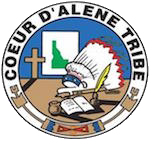Aligning the "What" and the "How" Through the Stories #4
As there is an unequivocal relationship between what something is (i.e., ontologically real) and how it is conveyed (i.e., epistemologically accessed), it behooves us to attempt to access and convey hnkhwelkhwlnet in a manner consistent with Schitsu’umsh reality. The act of re-telling the oral traditions, as in the reciting aloud in the presence of others the story of Chief Child of the Yellowroot (the Tribe’s culture-hero), has been and continues to be a primary means through which Schitsu’umsh knowledge is disseminated from generation-to-generation. The structural and dynamic attributes of the act of storytelling involve attentive participation in an unfolding journey through a landscape-defined event, with each participant seeking to discover and have revealed the embedded perennial miyp. That is revealed to each is that part of the miyp relevant and meaningful for that particular participant’s life experience. The Schitsu’umsh term for the act of storytelling is ‘me‘y‘mi‘y’m, “telling the stories.” In considering the ‘me’y’mi’y’m dynamic, the “heartbeat” has been added to the story, allowing the story to come “alive” with meaning and vitality, welcoming into it the many diverse participants.
Key ‘me’y’mi’y’m attributes:
- unfolding storyline event,
- traveling a landscape,
- convergence of those attentively participating,
- experience unique to each participant,
- collective relational,
- orality-based, revealing of embedded perennial teachings.
For additional discussion of Schitsu’umsh oral traditions and the storytelling dynamic and structure, see Aripa, Yellowtail and Frey 1995:141-58, 214-16; Schitsu’umsh and Frey 2001:109-51, 191-204; ‘me‘y‘mi‘y’m “telling stories” #4a and Orality and Literacy #4b .
Copyright: Coeur d’Alene Tribe and University of Idaho 2015.





